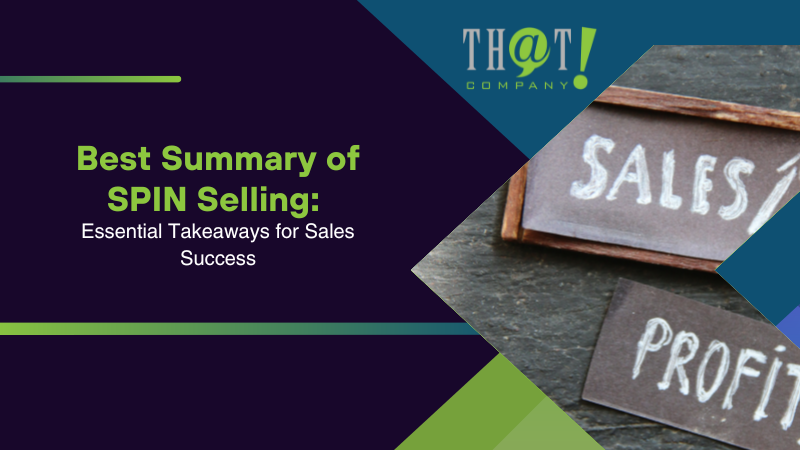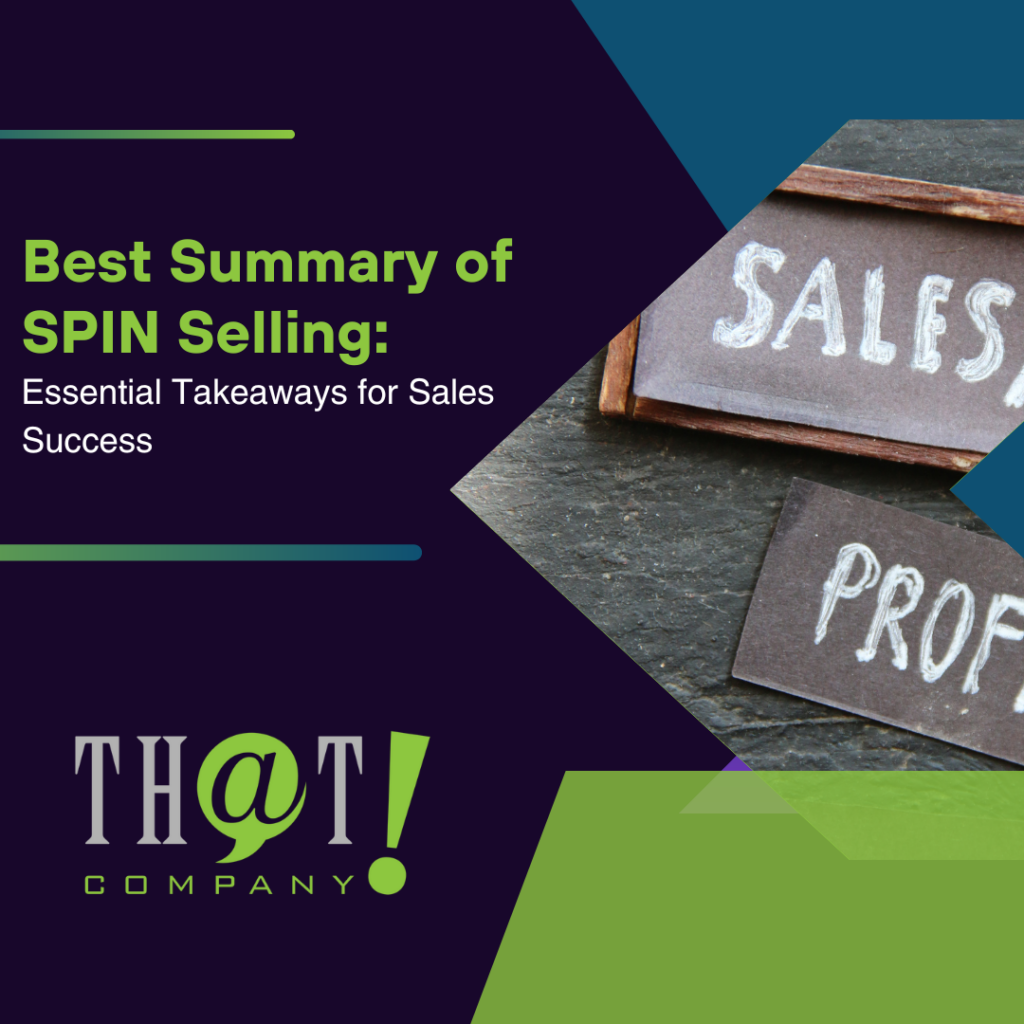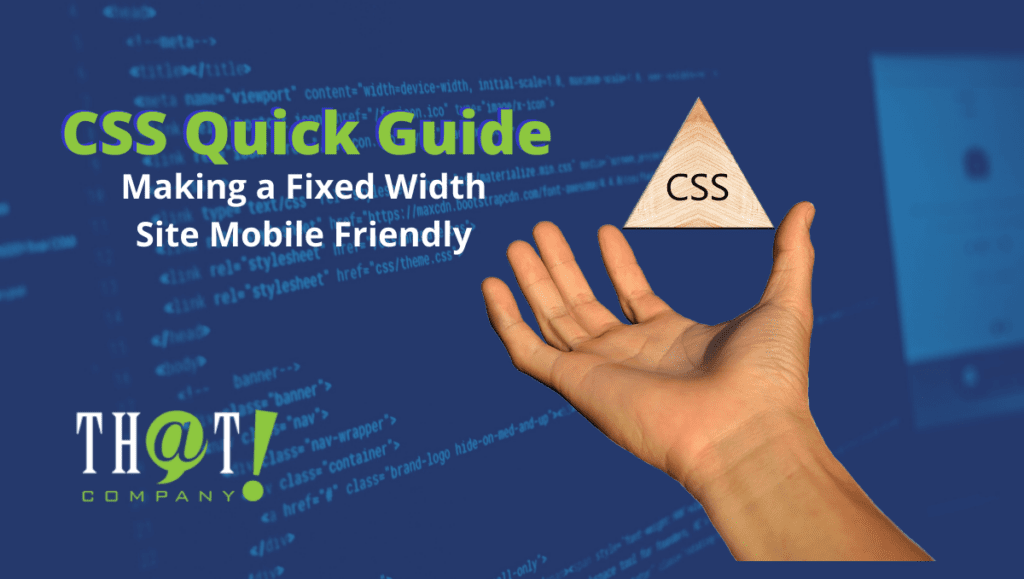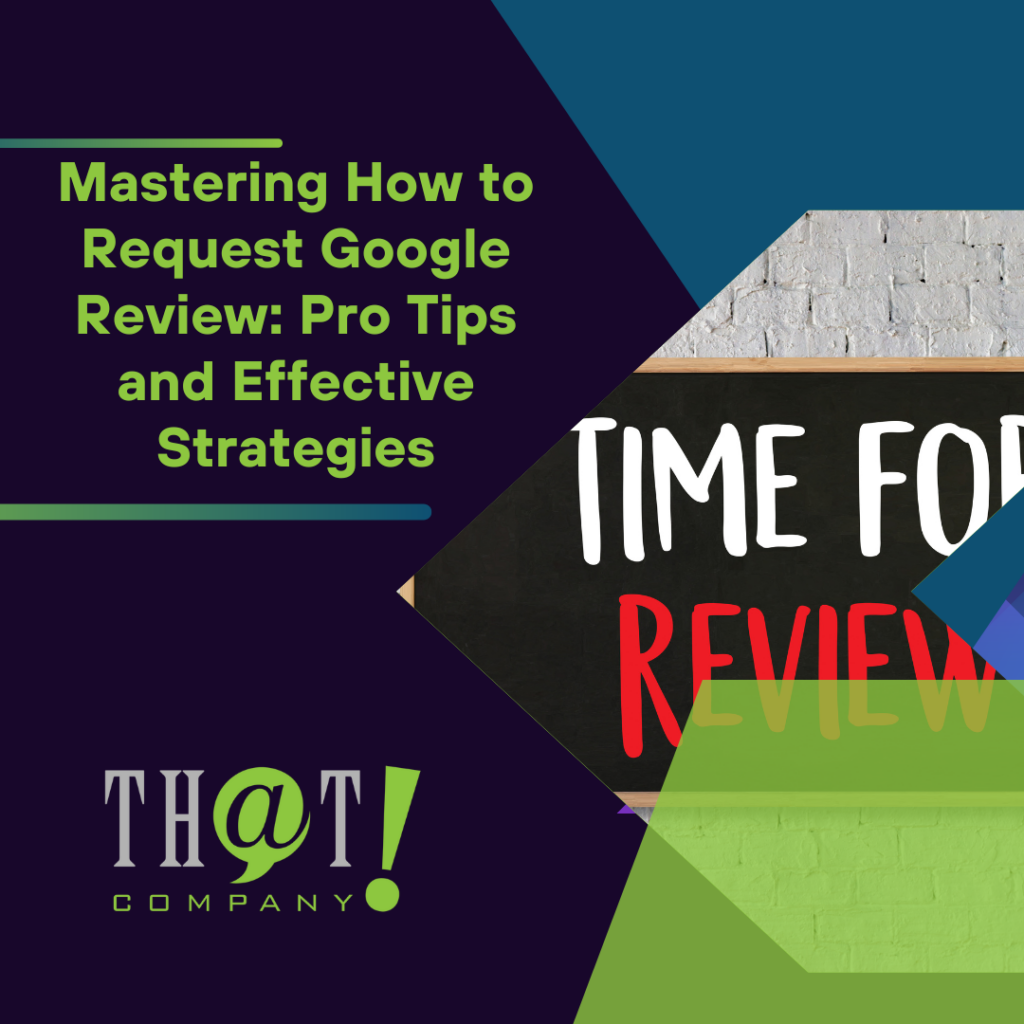
This summary of SPIN Selling reveals a powerful sales method using four types of questions—Situation, Problem, Implication, and Need-Payoff—to understand customer needs and improve sales results.
Key Takeaways
- SPIN Selling focuses on understanding customer needs through empathetic questioning, enhancing sales effectiveness and loyalty.
- The methodology utilizes four key question types—Situation, Problem, Implication, and Need-Payoff—to guide structured sales conversations.
- Adapting SPIN Selling to modern sales environments involves using technology and streamlining communication for greater engagement and efficiency.

Overview of SPIN Selling
SPIN Selling is a sales methodology that combines empathy with effectiveness, focusing on understanding customer needs through dialogue. Unlike traditional sales techniques that often prioritize closing techniques, SPIN Selling aims to build a deeper connection with prospects by prioritizing their unique situations and challenges. This approach not only fosters trust but also significantly enhances the sales process by creating more meaningful and productive conversations.
The SPIN Selling methodology is grounded in extensive research, involving over 35,000 sales calls across numerous countries over a 12-year period. This robust foundation has shown that strategic questioning can lead to increased customer loyalty and improved sales performance.
Utilizing the SPIN strategy, sales teams continuously refine their techniques, enhancing each interaction and boosting overall sales success through an effective sales strategy.

The Four Key Question Types in SPIN Selling
At the heart of SPIN Selling are four types of questions:
- Situation
- Problem
- Implication
- Need-Payoff
These questions guide sales conversations in a structured manner, ensuring that sales professionals can uncover and address the underlying needs of their prospects. The SPIN Selling process is designed to transition smoothly through these question types, creating a natural flow that keeps the customer engaged and the conversation productive.
The SPIN Selling book introduces this sequence to help salespeople address buyer concerns effectively. Starting with Problem questions to identify challenges, followed by Implication questions to highlight the consequences of these problems, and concluding with Need-Payoff questions to emphasize the benefits of solving these issues, this methodology ensures a comprehensive understanding of the customer’s needs.
Each type of question warrants a closer examination.
Situation Questions
Situation Questions are the starting point of the SPIN conversation. Their primary purpose is to gather essential background information about the customer’s current situation. Top-performing salespeople focus on fewer, targeted Situation Questions to gather the necessary context without overwhelming the prospect. Asking too many Situation Questions can make buyers impatient and lead to boredom.
Effective Situation Questions aim to uncover the prospect’s current status, processes, pain points, competitive plans, and results. For example, asking, “Can you describe your current process for handling customer inquiries?” or “What are your biggest challenges with your existing solution?” helps establish a clear understanding of the customer’s environment and sets the stage for deeper exploration of their needs.
Problem Questions
Problem Questions are designed to identify the challenges and pain points faced by prospects. These questions are crucial for uncovering the specific issues that the prospect is experiencing, which the salesperson’s product or service can address. Understanding these pain points is essential for successful SPIN Selling, as it allows the salesperson to tailor their approach to the prospect’s unique needs.
By probing for problems, difficulties, or dissatisfactions, Problem Questions help in exposing the critical challenges that a prospect faces. For instance, asking questions like, “What issues have you encountered with your current supplier?” or “How does this problem impact your overall productivity?” can reveal significant pain points and pave the way for presenting effective solutions.
Implication Questions
Implication Questions, the third type in the SPIN model, are designed to demonstrate the consequences of the identified problems. These questions help sellers achieve a deeper understanding of the impact of these problems on the prospect’s business. By highlighting the severity of the issues, Implication Questions build the customer’s perception of value regarding the solutions offered.
Top-performing salespeople ask Implication Questions significantly more often than their peers. In fact, they do so four times more frequently. These questions are more challenging to ask than Situation and Problem Questions, requiring greater skill and insight from the salesperson.
For example, asking, “What would be the financial impact if this issue goes unresolved?” or “How does this problem affect your team’s efficiency?” helps prospects realize the critical nature of their challenges.
Need-Payoff Questions
Need-Payoff Questions are the final piece of the SPIN puzzle. These questions are designed to elicit the prospect’s own articulation of the benefits of resolving their issues. By focusing on the positive outcomes of solving problems, Need-Payoff Questions encourage a forward-thinking mindset and help prospects visualize the value of the solutions offered.
Questions like “How would resolving this issue improve your workflow?” or “What benefits do you see in implementing this solution?” prompt prospects to articulate the advantages in their own words. This reinforces the solution’s value and boosts the chances of securing a commitment.

Stages of a SPIN Sales Call
Navigating through the stages of a SPIN sales call requires a strategic sequence to effectively engage the buyer. Sales teams should focus on mastering the four stages of SPIN—Situation, Problem, Implication, and Need-Payoff—to ensure a smooth and productive sales conversation. Each stage builds on the previous one, creating a cohesive process that guides the prospect towards a commitment.
Mastering these stages is essential for enhancing sales skills and achieving better results. Each stage must be understood in detail to execute a successful SPIN sales call.
Opening the Call
The purpose of the connect call in SPIN Selling is to get the buyer’s attention and start earning their trust. Effective techniques for opening sales calls include relating to the buyer’s interests and making initial benefit statements. An effective opening involves initiating rapport by asking insightful questions relevant to the buyer’s situation.
Avoid discussing solutions too early. Instead, kick off the conversation with a compelling insight or thought-provoking question to keep the customer engaged and willing to proceed.
A well-crafted opening sets the tone for a successful selling conversation.
Investigating Needs
The investigation phase aims to uncover the buyer’s priorities, ensuring that the salesperson understands their perspective. Sellers ask fewer Situation Questions in successful calls than in unsuccessful ones, shifting their focus to more impactful questions. Inexperienced salespeople often ask more Situation Questions than experienced ones, who focus on gathering background information through other means.
Minimizing Situation Questions and conducting prior research allows salespeople to optimize their SPIN questions for clarity and engagement. This phase is vital for identifying key concerns and preparing for the capability demonstration.
Demonstrating Capability
Aligning product features to the identified needs is crucial for demonstrating the value of the offering. Need-Payoff questions play a significant role in this stage, encouraging prospects to explain product benefits in their own words. By linking the product’s benefits directly to the buyer’s needs, salespeople can effectively showcase how their solution addresses the prospect’s challenges.
This stage transforms the sales conversation into a valuable resource for the prospect, highlighting the unique advantages of the product and building a strong case for its implementation. Demonstrating capability is about making the solution relevant and compelling to the buyer.
Securing Commitment
Securing commitment is the final, crucial stage of a SPIN sales call. A conversation ending without agreed next steps should be avoided. Successful sellers suggest appropriate next steps, ensuring genuine interest and willingness to act from the buyer.
To secure commitment, it’s vital to clarify the mutual understanding of the discussed points and propose actionable next steps. Asking the buyer if there are any further points or concerns to address lingering doubts can also help in obtaining commitment. This stage solidifies the relationship and moves the prospect closer to a purchase decision.

Key Benefits of Using That! Company’s Digital Marketing Services
That! Company offers comprehensive white label digital marketing solutions, including search engine optimization, pay-per-click advertising, social media marketing, and content creation. These services allow businesses to reach a global audience, overcoming traditional geographical limitations and enhancing their online visibility. Engaging with customers in real-time is another notable advantage, as it fosters stronger customer relationships and loyalty.
Through data analysis, That! Company precisely targets specific audiences, boosting campaign effectiveness. Their scalable services grow with businesses, ensuring marketing efforts keep pace with expansion. This approach enhances brand awareness, customer interactions, and sales growth.

Benefits of Using SPIN Selling
SPIN Selling encourages a deeper connection with prospects by prioritizing understanding their unique situations. This approach leads to increased customer loyalty and improved sales performance. Questioning techniques such as problem questions are essential in uncovering the deeper issues a prospect has, allowing sales teams to refine their techniques continuously based on insights gained from customer interactions. Utilizing with a white label SEO agency can further enhance sales efforts by providing expert digital marketing solutions that drive measurable results.
Real-world examples, like Scientifica, demonstrate the effectiveness of SPIN Selling. After adopting this methodology, Scientifica noted an overall pipeline conversion improvement from 15% to 18%, despite challenges posed by the pandemic. The consistent sales language developed through SPIN Selling led to greater team efficiency and transparency in managing customer interactions.
Employing SPIN Selling equips sales rep to handle complex objections and quantify value with hard ROI figures.

Common Misconceptions About SPIN Selling
One common misconception about SPIN Selling is that it is only suitable for large sales. In reality, SPIN Selling can be applied in various sales contexts, making it a versatile methodology. Another myth is the constant need to try closing deals, particularly for high-end sales. SPIN Selling research indicates that both open and closed questions can be effective for closing deals.
Salespeople often believe that overcoming objections is critical to sales success. However, skilled salespeople can prevent objections by asking the right questions early in the conversation, reducing the need for objection handling. This challenges the traditional view of the buyer’s role in the objection process and highlights the importance of strategic questioning in preventing objections.

Integrating SPIN Selling into Your Sales Team
Tailoring SPIN Selling to fit your sales team’s specific needs is essential. Organizations should invest in comprehensive traditional sales training programs for larger teams, with leadership support ensuring practical application.
Scientifica’s success story highlights the importance of ongoing support and coaching in helping sales teams transition smoothly to using SPIN Selling techniques. By integrating SPIN Selling, Scientifica increased their conversion rate from 10% to 23% after training, demonstrating the significant impact of this methodology.

Modern Adaptations of SPIN Selling
Modern sales environments require adaptations of traditional methodologies like SPIN Selling. Sales professionals seeking to enhance SPIN Selling can integrate technology, such as CRMs, to retain and access prospect information efficiently. Researching prospects through platforms like LinkedIn before calls allows sales representatives to tailor their situational questions more effectively.
To match fast digital interactions, sales reps should condense SPIN questions into fewer calls and emails, keeping them concise and impactful. These adaptations ensure SPIN Selling remains relevant and effective in the modern sales landscape.

Real-World Examples of SPIN Selling in Action
A software company implemented SPIN Selling with great success, improving their closing rate by 30% over six months. An automotive sales team utilized SPIN Selling to identify customer pain points, leading to tailored solutions that increased customer satisfaction scores significantly. These examples demonstrate that SPIN Selling techniques can be effectively applied across various industries and sales environments, ultimately driving sales performance.
A consulting firm adapted SPIN Selling strategies for remote sales meetings, resulting in a 25% growth in client acquisitions during the pandemic. These real-world success stories highlight the versatility and effectiveness of SPIN Selling in achieving sales success across different contexts.

Summary
The journey through SPIN Selling reveals a powerful methodology that prioritizes understanding customer needs and driving effective sales conversations. By focusing on Situation, Problem, Implication, and Need-Payoff questions, sales professionals can transform their interactions into meaningful dialogues that build trust and uncover deep-seated needs. This structured approach not only enhances sales performance but also helps businesses offering white label services foster long-term customer loyalty.
Integrating SPIN Selling into your sales team can lead to significant improvements in conversion rates and overall sales success. As demonstrated by real-world examples, this methodology adapts well to various industries and sales environments, ensuring its relevance in modern sales contexts. Embrace SPIN Selling to refine your sales strategies and achieve unparalleled success in your sales endeavors.

Frequently Asked Questions
What is the primary focus of SPIN Selling?
The primary focus of SPIN Selling is to understand customer needs through strategic questioning, leading to more meaningful and productive sales conversations. This approach enhances the overall effectiveness of the sales process.
How can SPIN Selling be integrated into a sales team?
To successfully integrate SPIN Selling into a sales team, implement tailored training programs, ensure strong leadership support, and provide ongoing coaching for effective application of the techniques. This approach fosters a culture of learning and adaptability within the team.
Are SPIN Selling techniques only suitable for large sales?
SPIN Selling techniques are not limited to large sales; they are versatile and can be effectively applied in various sales contexts. This adaptability makes them beneficial for both small and large sales scenarios.
What are the key benefits of using SPIN Selling?
SPIN Selling enhances customer loyalty and sales performance while equipping you to manage complex objections effectively through strategic questioning. This method fosters deeper connections with clients, ultimately driving better results.
How has SPIN Selling been adapted for modern sales environments?
SPIN Selling has evolved by incorporating technology such as CRMs and leveraging platforms like LinkedIn for prospect research, while also streamlining SPIN questions to fit fewer interactions. This approach enhances relevance and effectiveness in today’s fast-paced sales environment.























 Talk With Us
Talk With Us  Give Some Love
Give Some Love 


